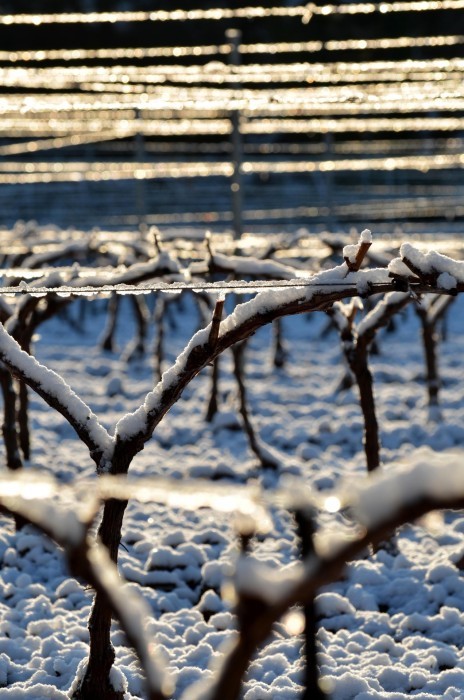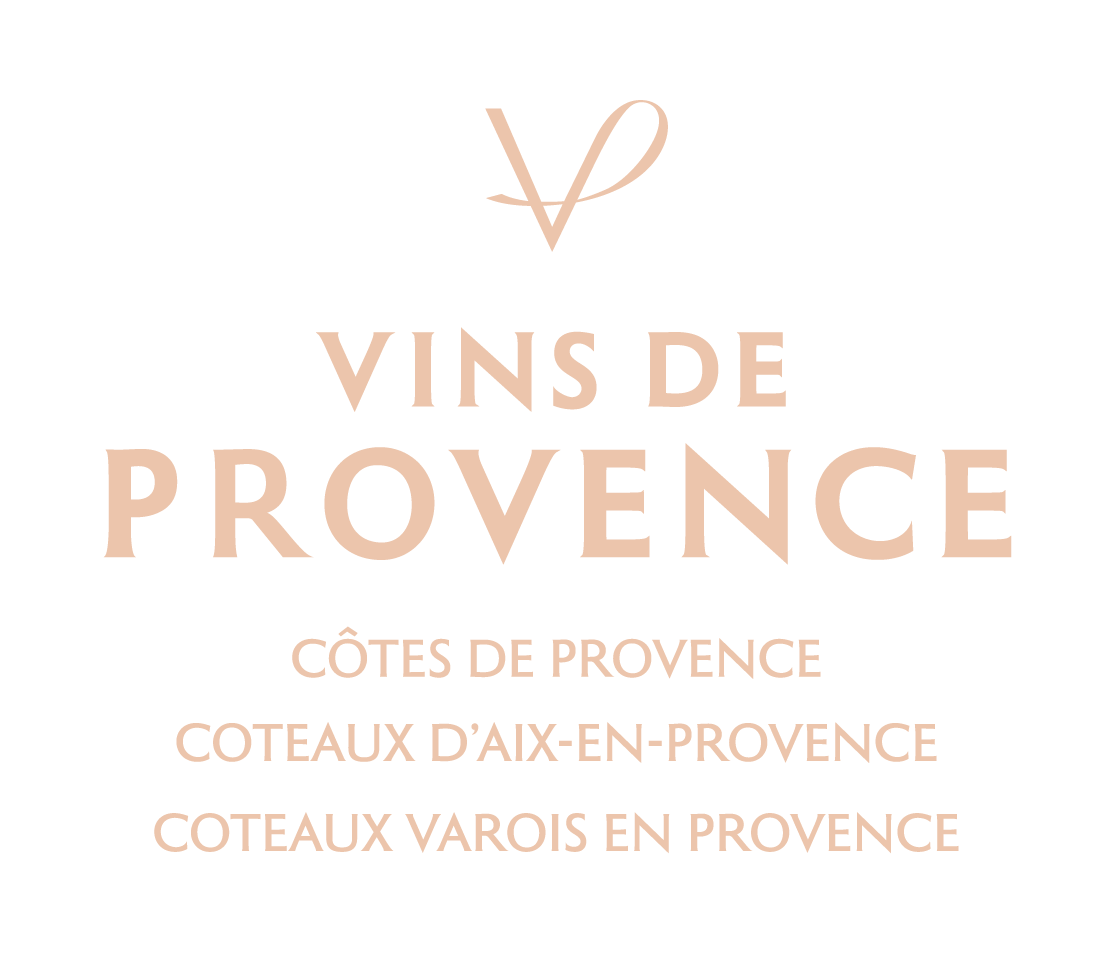Vineyard management
A stroll through the vines
Vine is looking good
Well-trained vines for well-treated grapes
Traditionally, grapevines were grown in “cup” formation: the vine shoots are divided around a central stalk, like the fingers of a hand. But this shape seems to be disappearing, in favour of trellising, meaning the vines are attached to a structure in order to better care for them. In Provence, the vines need to be protected from the prevailing winds. This is why winemakers have chosen to plant rows of grapevines in the direction of the wind, in fairly low trellises and a short cut.
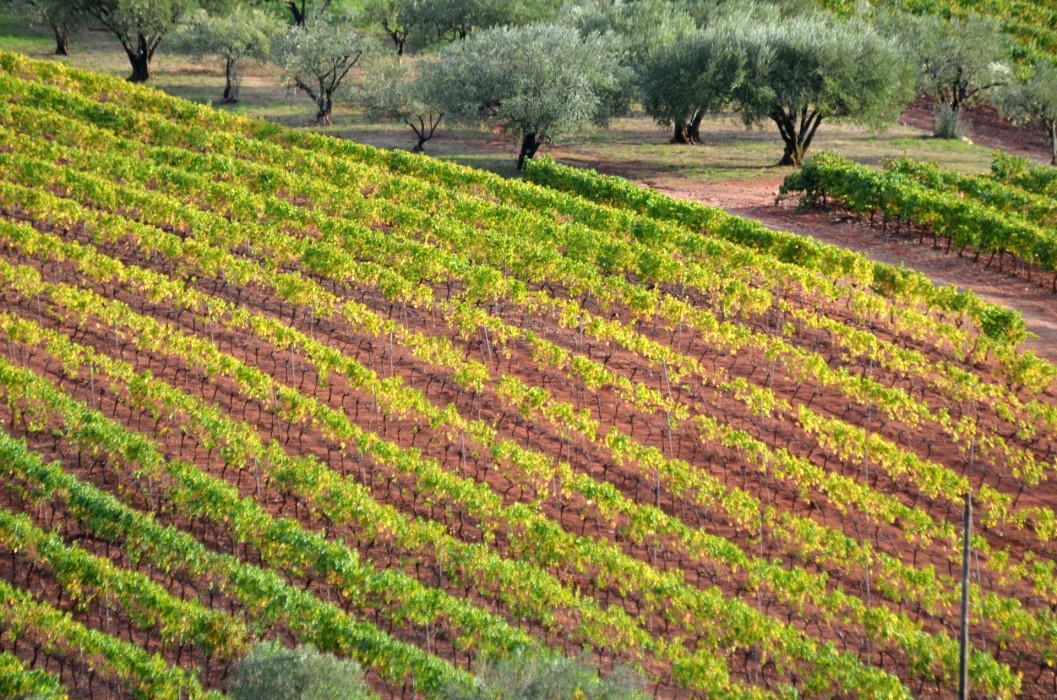
Restanques, a feature unique to Provence
Grapevines are also happy on terraces
The beautiful scenery of Provençal vineyards was sculpted by winemakers who adapt their cultivation of the vines to the terroir and the Mediterranean climate. And “restanques” are a noteworthy feature of this. They are terraces set up to be perpendicular to the slope, which is necessary in order to limit soil erosion on sloping plots. Working there is an arduous endeavour, because most machines are unable to navigate them.
A beneficial climate
The Mediterranean climate, a boon to grapevines
The Provençal climate is hot and dry with regular episodes of wind. The humidity of summer storms and early autumn rains is quickly swept away by the Mistral winds. These characteristics limit the presence of parasites and naturally curb the development of diseases among the vines, which are healthier and require less pest control treatment than more northerly vineyards.
Provençal typicity
Vineyards designed for quality rosés
In Provence, rosé is rooted in wine-making traditions. Vineyard management, planting, vine cultivation and wine-making methods are chosen specifically by the winemaker to produce rosé wines.
The sunny, dry and windy Mediterranean climate, proximity to the sea, the diversity of Provençal topography, in short the “terroir”, will also, along with the varietals, influence the typicity of the AOP rosé wines produced in Provence.
In managing a vineyard, the Provençal winemaker will consider three factors that are decisive to the production of high-quality rosés:
- The vines’ moisture regime
- The nutrients they receive
- The specific management of their foliage.
Another unique feature of vineyards specializing in rosé is the harvest. The harvest date is often earlier than for white and red wines. The grapes are picked when they reach optimal ripeness to guarantee the right balance between alcohol and acidity. Harvesting in Provence is done “in the cool of morning” to prevent the alteration of the grapes which are then taken to the cellar and kept as cool as possible. All these steps give producers access to wine-making from the “heart of the berry” for their rosés.
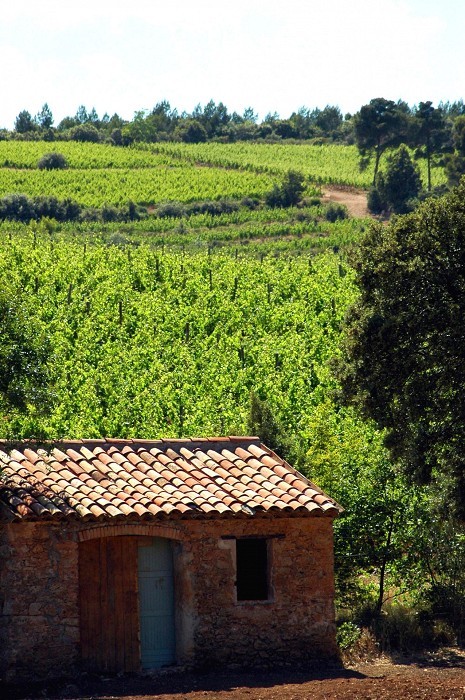
Through the seasons
Spring
Budbreak
In March/April, the buds begin to form. The branches and leaves also grow, as the vine awakens. The sap has been circulating through plant for several weeks and, when it can be seen coming out of the end of the branch in a small droplet, it is poetically said that the vine is “crying”.
Flowering
In May/June, small flowers appear. They already have the shape of the future clusters of grapes. At this period, the “green operations” consist of looking after the vineyard to ensure that it produces lovely grapes with concentrated juices: trimming, topping (cutting off the ends of the branches to prevent the vines from growing too much), debudding (removing useless branches), and more. This is also the time for planting new vines.
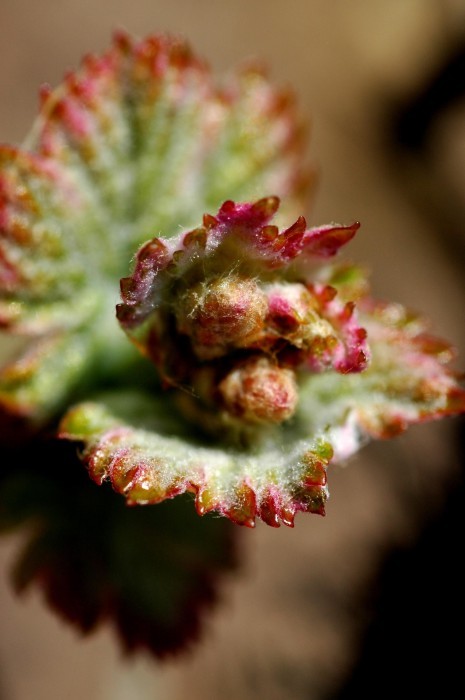
Summer
Berry set
In June/July, grape berries appear in the fertilized flowers. This number of berries allows the winemaker to make an initial estimate of the size of the coming harvest. The foliage continues to develop.
Veraison
Up until this point, all of the grapes have still been green. But in August, they swell up, ripen and take on their red colouring. The grapes also become less acidic and richer in sugars and flavours. This ripening will continue until harvest time.
Vine maintenance
The winemakers thin out the leaves to improve the exposure and aeration of the bunches of grapes, as well as the health of the vines. When the fruit is plentiful, winemakers may sometimes thin out the bunches. The purpose of that operation is to remove bunches from overloaded vines so that the plant can concentrate its juices on the remaining grapes.
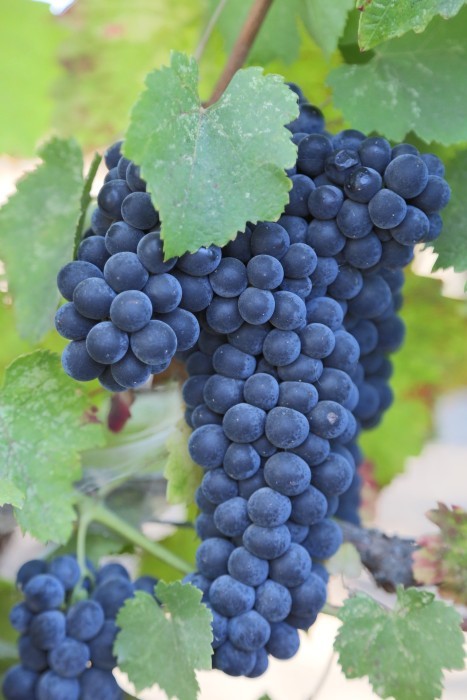
Autumn
Harvest
In Provence, the harvest season begins in the second half of August, in the early-harvest sectors along the coastline. Harvesting then continues through early autumn, October at the latest. As a general rule, harvest takes place about 100 days after flowering.
Every minute counts: the grapes are picked either by hand or mechanically, using a grape harvester machine. Because it can get very hot in the middle of the day, harvesting starts early in the morning, sometimes even before daybreak with the harvester machines. It is not a matter of comfort, but rather of preventing any changes in the grapes, that would damage the flavour and colour of the wine. After being picked early in the day, the harvest is brought to a lower temperature in the storehouse, requiring less energy to cool it to make rosé or white wine.
Dormancy
In November, the leaves change colours and start to fall. This is the beginning of the vine’s period of dormancy. Since mid-August, the sap has been descending, with reserves accumulating in the roots.
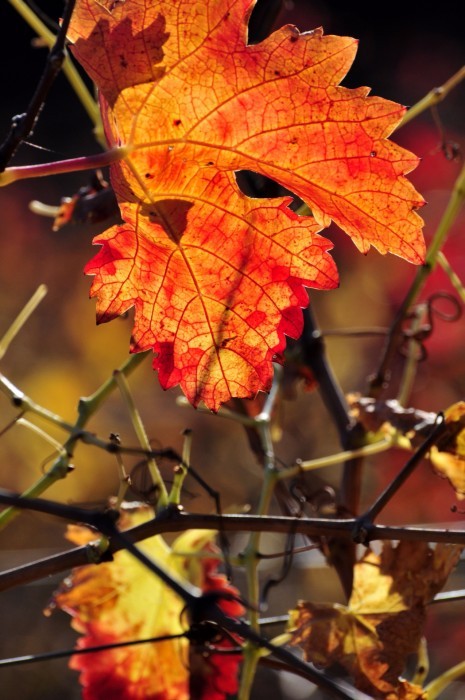
Winter
Dormancy
From November to February, the grapevines enter a period of hibernation known as dormancy. The vines shrink in on themselves and take advantage of the reserves they built up since August. Sap no longer circulates through the plant. The wine-grower prunes the vines to remove any shoots and select the buds that will produce the next year’s growth and fruit. During this period, the soil is worked. The growers plough the earth to aerate the soil. This allows rainwater to penetrate it better. This is also a time for applying fertilizer and organic matter.
